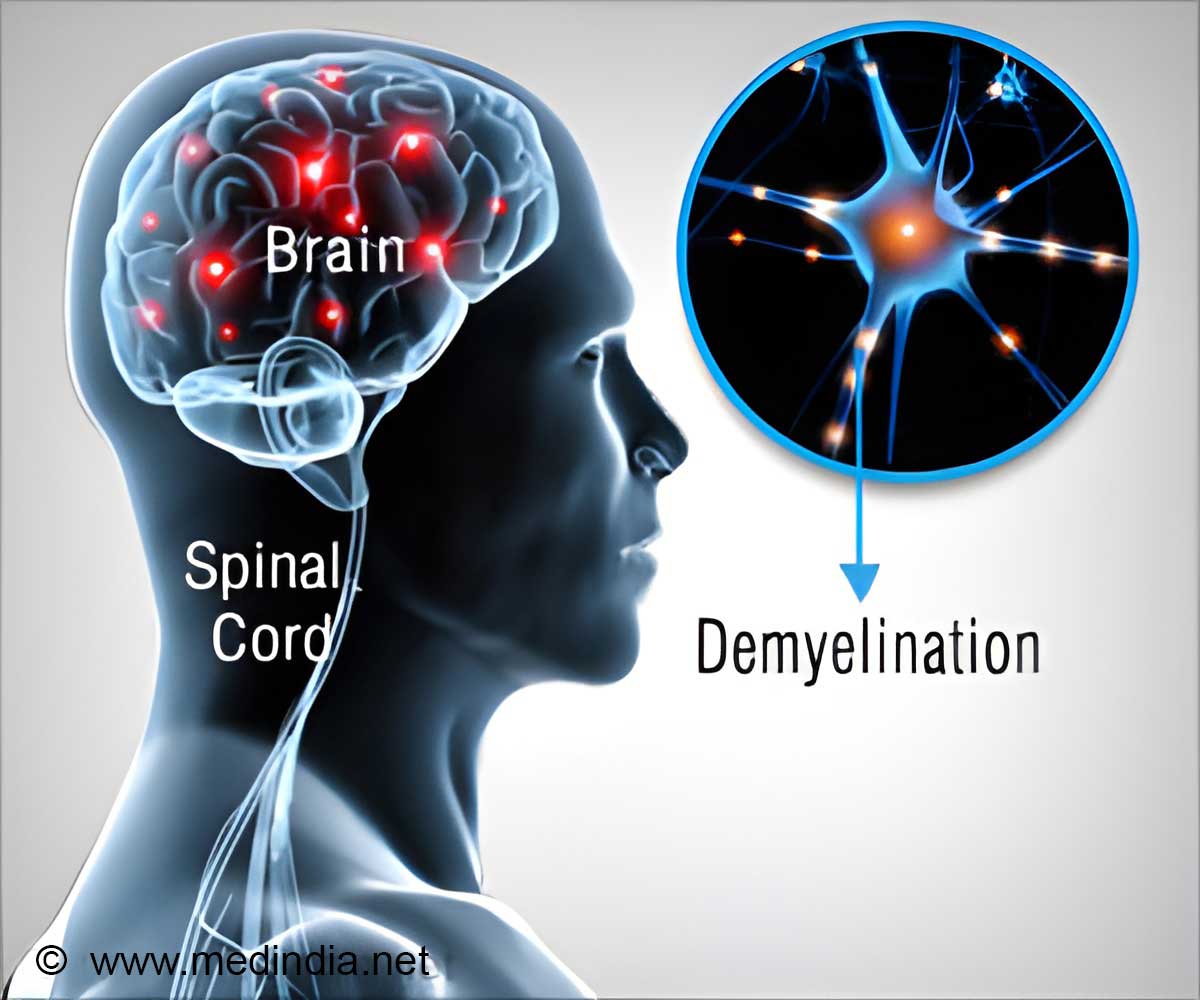
‘Cellular blueprint of multiple sclerosis lesions lays the groundwork for potential new therapies for progressive multiple sclerosis.
’
Tweet it Now
It results in a range of incapacitating symptoms that differ from one person to another such as unsteadiness, blurred vision, tingling sensations, memory problems, and fatigue. The more aggressive and disabling forms of the disease are characterized by chronic lesions with inflamed rims of immune cells (called microglia) or “smoldering” plaques, in the brains of MS people.
Cellular Blueprint
The study team thus examined the post-mortem brain tissue of five MS patients and three healthy controls through a powerful technique – single-cell RNA sequencing.
“We have terrific therapies that block new inflammation but nothing to stop the inflammation that’s already there. In order to make strides in developing new therapies for progressive MS, we’re going to need to pick apart the cellular and molecular mechanisms one by one,” says Daniel Reich, M.D., Ph.D., senior investigator at NINDS.
Advertisement
“Our dataset is very rich. The beauty of having such a detailed map is that now we have a better understanding of the entire network of cells involved in smoldering inflammation,” said Martina Absinta, M.D., Ph.D., a former post-doctoral fellow in Dr. Reich’s lab and current adjunct assistant professor at Johns Hopkins University, Baltimore, who led the study.
Advertisement














